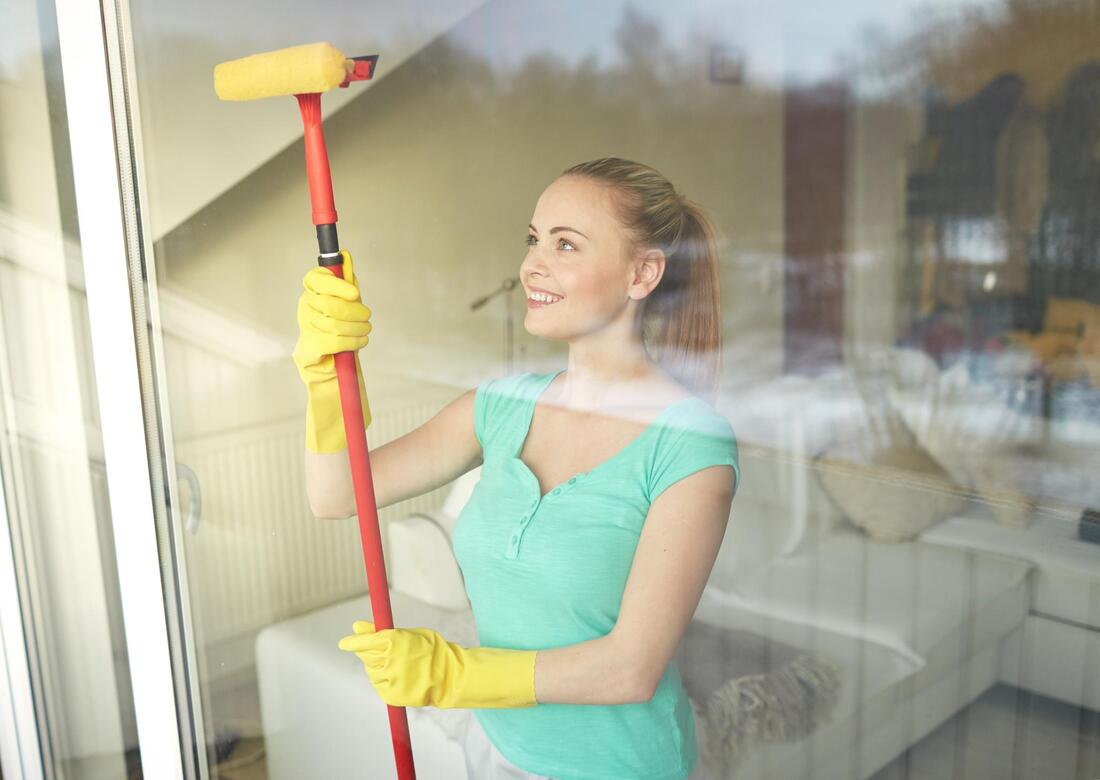There are health benefits for all residents from regularly Professional cleaning services the Heating, Ventilation, Air Conditioning (HVAC) System.
Heating, ventilation, and air conditioning (HVAC) systems collect mold, fungi, bacteria and a variety of contaminants that reduce the quality of the air residents and visitors breathe. A dirty air duct contributes to poor indoor air quality and affects the health of people in the residence.
The purpose of residential air duct cleaning is to remove these contaminants from a home’s HVAC system to get the best indoor air quality.
The most effective way to clean an air duct and/or ventilation system is to use a specialized, powerful vacuum which puts the air duct / ventilation system under negative pressure. While the vacuum draws air through the system, devices are inserted into the ducts to dislodge contaminants and debris from the interior surfaces, moving the contaminants/debris from the home’s air ducts and ventilation systems into the vacuum.
Vacuum collection alone does not clean the HVAC system. Brushes, air whips, “skipper balls” and other tools that agitate contaminants and debris scrub the surfaces within the air duct system and propels contaminants and debris into the vacuum collection device(s).
Anti-microbial chemical sanitizers are applied to the interior surface of the air ducts to control microbial contamination…but…before sanitizers are used, the system should be thoroughly cleaned. All anti-microbial chemicals used must be EPA registered for use in HVAC systems. Ask to see the chemical’s Material Safety Data Sheet (MSDS). If you are still concerned, call the EPA at 1-800-438-4318. There are no EPA registered anti-microbial products for use on porous system surfaces – such as fiberglass surfaces.
When sanitizing air ducts you want to make sure the air duct cleaning company uses safe; effective EPA approved products that are safe for people, pets, and the environment. An atomizer fogs the sanitizing product throughout the entire ventilation system.
Allergic people, infants and elderly are especially sensitive to the microbes that cause respiratory problems like bacteria, mildew, fungi algae and dust mites which require a highly-effective sanitizer to eliminate odor-causing microorganisms as well contaminants associated with allergies, mildew and bacterial growth. Make sure the sanitizer is rated by the EPA as a category IV product with the lowest toxicity rating. Sanitizing air ducts means toxicity and safety safeguards that establish and ensure there are no harmful dermal (skin), ocular (eyes), inhalation (breathing) or ingestion (swallowing) effects from the products.



